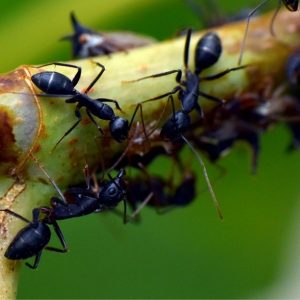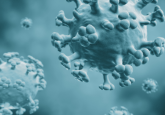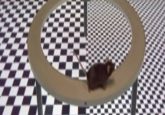Ants: models for epidemic spread

Refer a colleague
The way in which ants respond to the introduction of a pathogen to their colony could provide an insight into the bigger picture of disease dynamics.11055
By barcoding ants, a team of researchers has discovered how ants alter their behavior in order to avoid a disease outbreak. Ant colonies have a high population density and frequent contact between individuals, which can contribute to a rapid spread of disease. To avoid spreading disease, they adapt their social organization, protecting the queen and younger ants.
The researchers’ barcode system, developed by Laurent Keller’s group (University of Lausanne, Switzerland), consisted of digital markers on 2266 garden ants that were tracked by an infrared camera, which took an image every half second. This enabled their movement and position to be analyzed, along with their social interactions.
Ants are organized into sub-groups within their colonies. Nurses are younger ants that look after the babies. Worker – or forager – ants tend to be older ants that collect food outside the nest. Therefore, they are more likely to be exposed to pathogens. The researchers exposed 10% of the forager ants to fungal spores that can be spread very quickly through contact. By comparing the ants before and after the pathogen was introduced, the team discovered that ants quickly detect the presence of the spores and alter their social behaviors.
“The ants change how they interact and who they interact with,” explained Sylvia Cremer (IST Austria, Klosterneuburg, Austria). “The cliques among ants become even stronger and contact between cliques is reduced. Foragers interact more with foragers, and nurses more with nurses. This is a response by the whole colony – also animals who are not themselves treated with spores change their behavior.
Using qPCR, the researchers were able to quantify exactly how many spores an individual ant carried. Due to the change in interaction patterns, transfer of the spores also changed. This left only a few ants with a high pathogen dose, which could cause disease. More ants had a low pathogen dose, which could help protect against disease in the future, similar to inoculation in humans.
“The pathogen is distributed on many shoulders, and the ants’ immune system can deal very well with this lower pathogen level, which provides a form of immune memory,” commented Cremer.
The queen – the only individual that reproduces – and the nurses received less of the pathogen. “In a colony, not all animals have to be protected – but the most valuable individuals should survive,” Keller added.
Utilizing ants as the model, the team believes that they could gain more insight to the general principles of disease dynamics. “Social interactions are the routes on which diseases travel and define how epidemics may spread. Basic research on ants can help us to deeper understand epidemiological processes, which can be relevant also in other social groups.”
Please enter your username and password below, if you are not yet a member of BioTechniques remember you can register for free.




